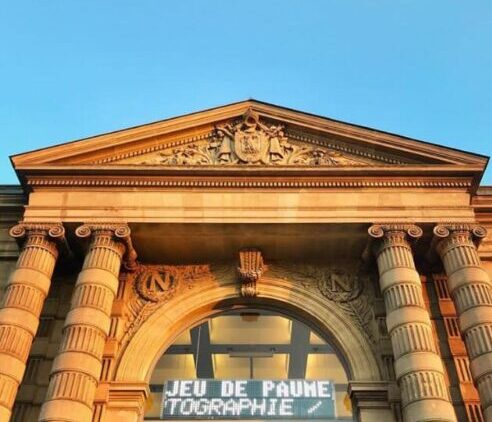Place de la Concorde
Between the eastern edge of the Avenue des Champs-Élysées and the Jardin des Tuileries lies the biggest public square in Paris, the Place de la Concorde. The 359 m in length and 212 m in width square was completed in 1772 and was dedicated to King Louis XV who gave the square its first name (Place Louis XV) and main feature, a large equestrian statue of the king in its center.
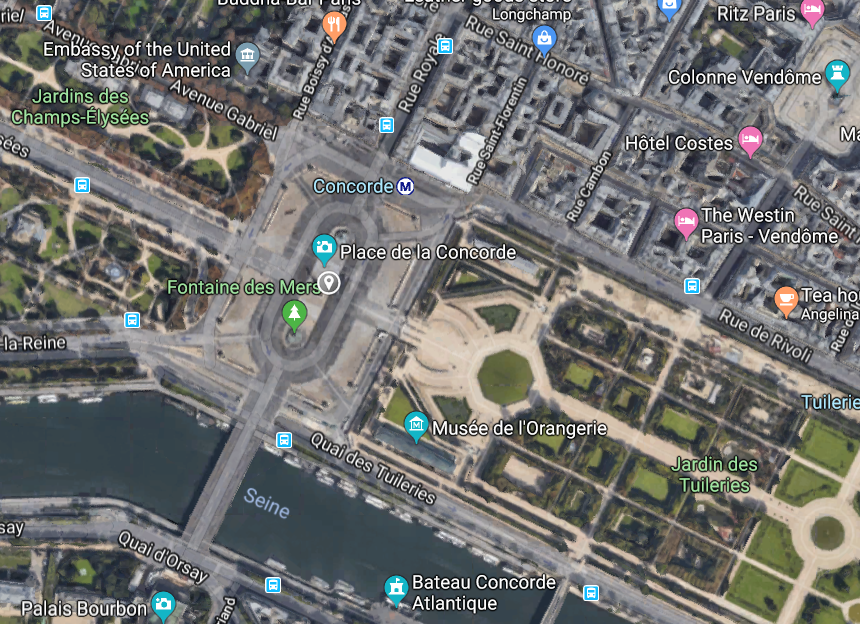
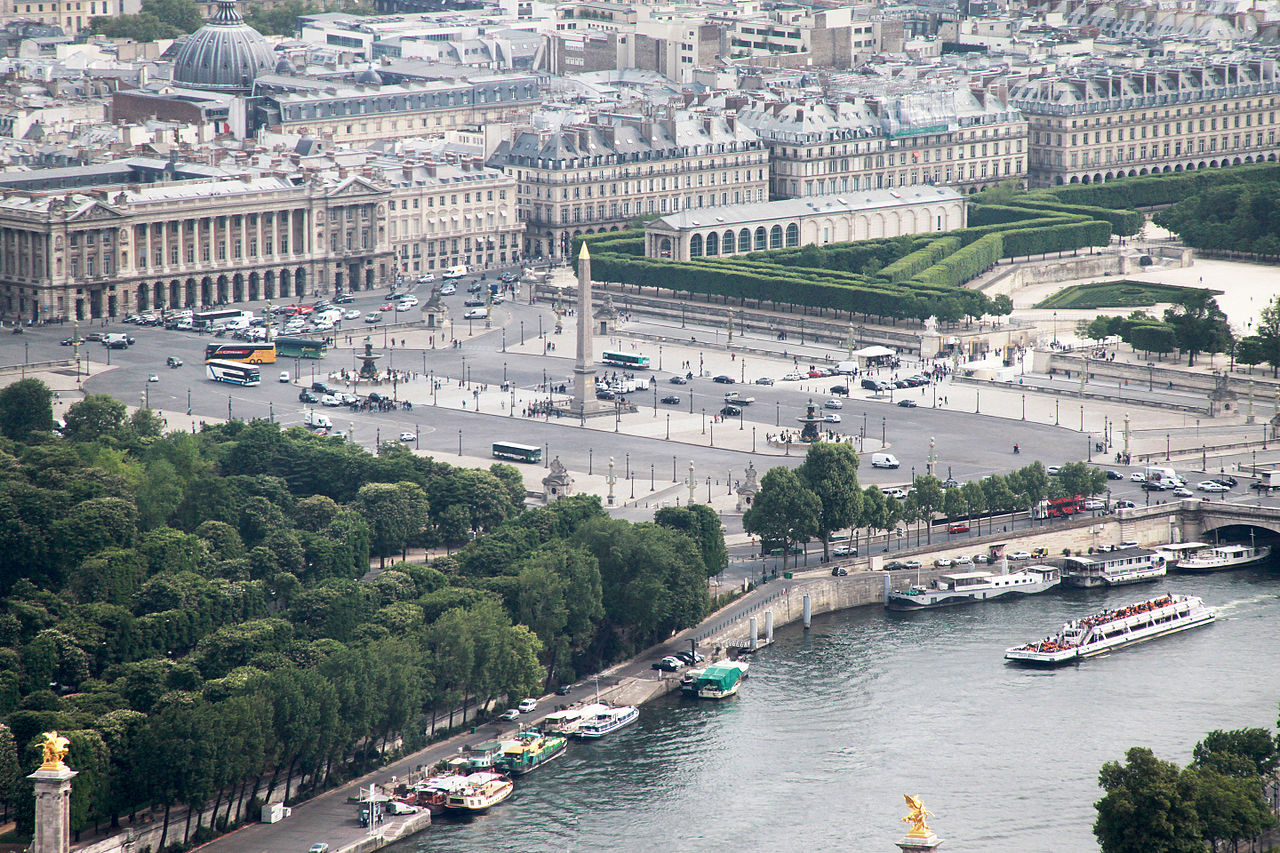
Less than 20 years later the revolutionaries would turn the square into the main site of executions, with the famous guillotine taking the place of the statue and the heads of hundreds of prominent figures of the old regime, most notably those of King Louis XV’s successor, King Louis XVI and his Queen Marie Antoinette. From Place de la Revolution in 1790, to Place de la Concorde in 1795 and the Directorate and back to Place Louis XV after the fall of Napoleon and the Bourbon restoration in 1814, the square finally returned to the name Place de la Concorde after the second French revolution of 1829.

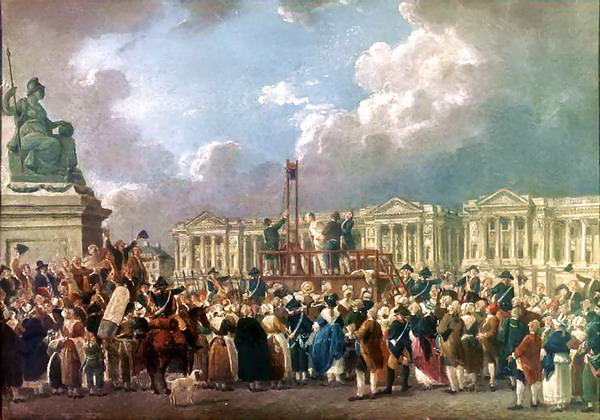
That was the year the imposing granite obelisk was given by Egypt to France as a gift. The 23 meters (75 feet) high obelisk is over 3,000 years old and stood outside the Luxor Temple in Egypt before it was shipped to France. To the north and south of the obelisk two monumental fountains of outstanding aesthetic, inspired by the fountains in Piazza Navona in Rome, were added a few years after the placement of the obelisk. At each of the eight corners of the octagonal Place, stand eight different statues representing the French cities of Bordeaux, Brest, Marseille, Lyon, Nantes, Lille, Rouen and Strasbourg.
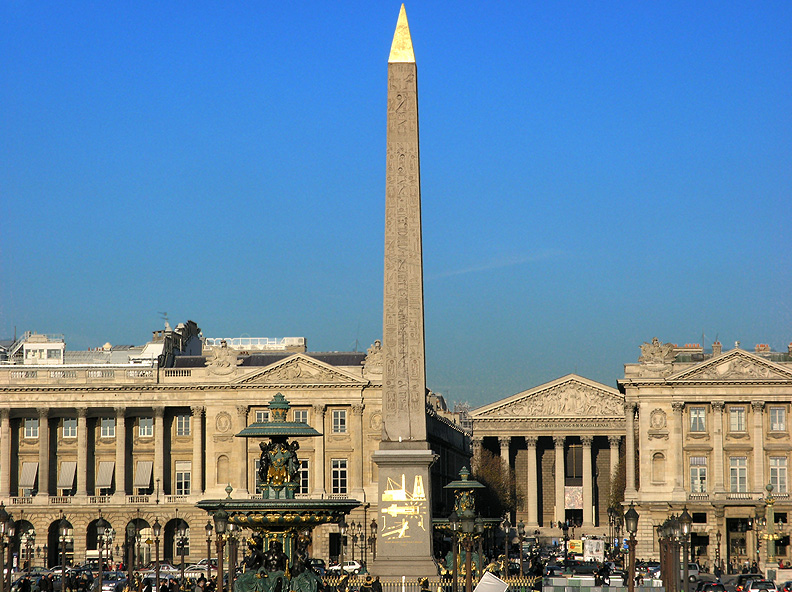
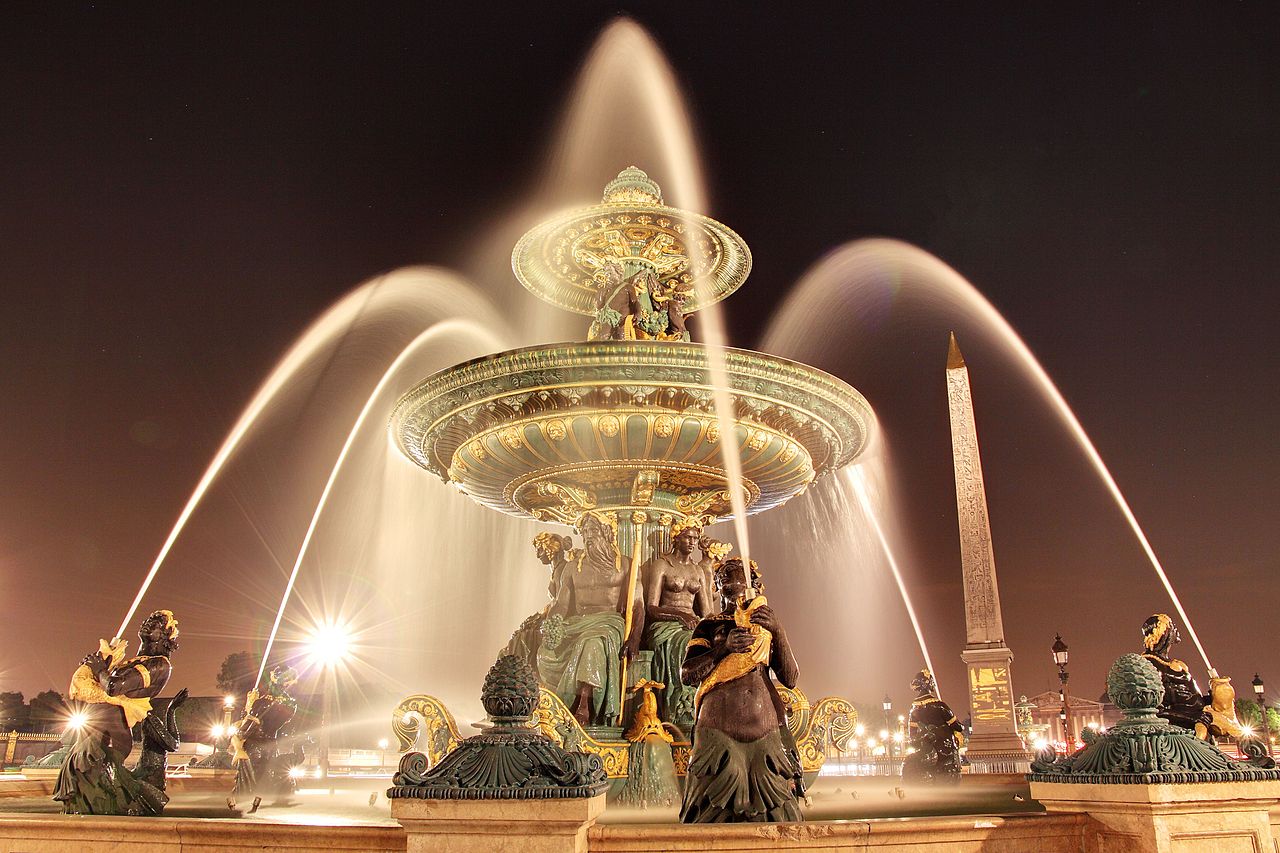
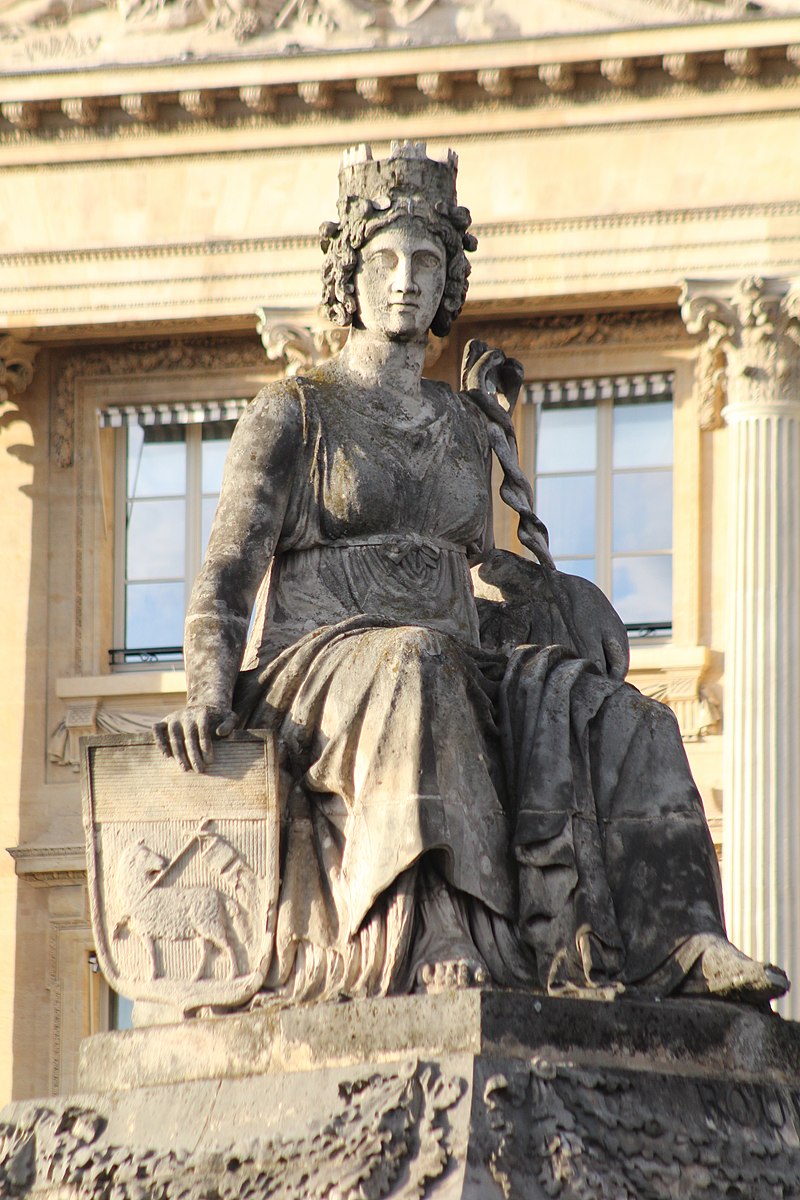
Two twin palaces on the northern side of the square, the Hôtel de Crillon and Hôtel de la Marine were built around the same time period as the square as government offices. Today the Hôtel de la Marine belongs to the French navy, while Hôtel de Crillon, the place where the just founded United States of America signed their first treaties, is today one the most historic five-star hotels in the city. At the eastern flank of the square on the grounds of the Tuileries Gardens, the Musée de l’Orangerie was built in 1852 as a winter shelter for orange trees and the Jeu de Paume was built in 1861 as a ball-game court. Both of them serve as museums today.

